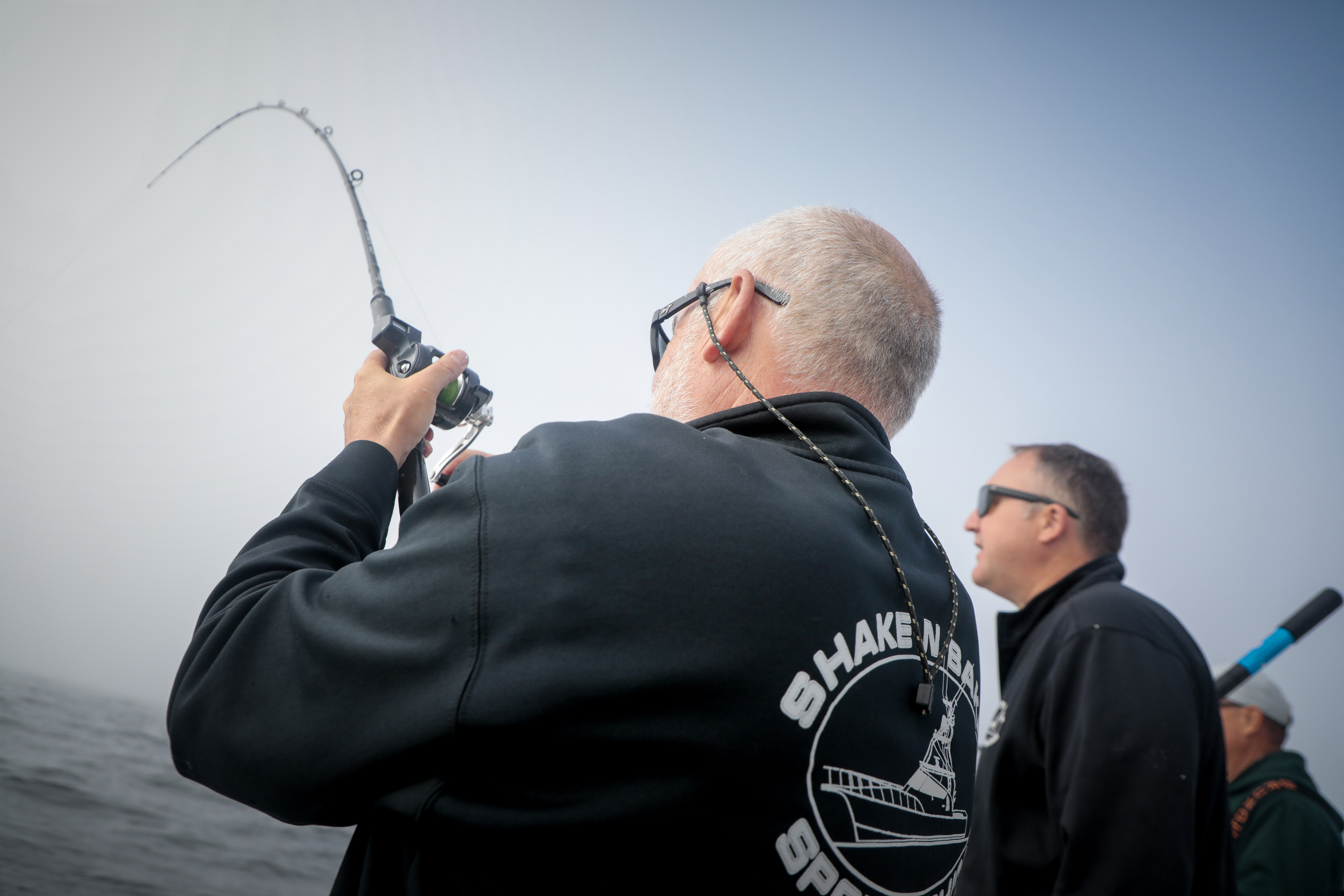Birding: Raptors count on the Peninsula
Published 1:39 pm Wednesday, February 26, 2020

- Sub-adult bald eagles were present in large numbers on the beach this winter. Common ravens were always nearby waiting for a chance to clean up the leftovers.
Raptors count on the Long Beach Peninsula, and in more ways than one! It appears as though the Peninsula can sustain a relatively large population of raptors in winter. That is to say that prey appears to be plentiful enough to sustain them during the winter months.
Trending
In addition, they are the subject of a Winter Raptor Survey Project that includes Idaho, Oregon and Washington. The Long Beach Peninsula is a new area that was added to the survey this winter. Susan Stauffer and I are the surveyors or counters of raptors for the peninsula.
The project is coordinated by Jeff Fleischer for the East Cascades Audubon Society, which is located in Bend, Oregon. This is the 16th season of the winter raptor survey which goes from November to March. In total, there are currently 382 raptor count routes. It is, as Jeff indicates, “a huge citizen science project that has amassed an incredible amount of data on wintering raptors.” These data have been given to “The Peregrine Fund, which is building a database for raptors around the world.”
We began as citizen scientists for this project in January. The day we counted was magnificent. It was a sunny, warm, blue sky day. It was the break in the weather we were looking for. The days before were stormy and windy, with very high tides. We struck out at dawn to bird the ocean beach from Beards Hollow to the north end (with permission). The tides were right and the raptors cooperated.
Trending
Bald eagles were the most numerous. To our amazement and delight we observed large groups of sub-adults feeding on carrion. In one case 17 fed together on a carcass in harmony. Adult eagles perched nearby. In all, we counted 73 bald eagles on that January day. Forty-seven were sub-adults, and 26 were adult birds. Most of the bald eagles on the beach were tallied between Beards Hollow and Klipsan. Have you ever seen this many eagles on the beach? I haven’t!
We searched in vain for other species of raptors along the dunes, in the air and on the beach, but only the bald eagles were present. By noon we were ready to survey for raptors on the bay side of the peninsula. This part of the survey route took us from Leadbetter State Park in the north to Black Lake in the south. Other raptor species now appeared.
One peregrine falcon was observed searching along the bay shore for a tasty snack before it came to rest in a big, old snag from which it could continue its search for a tasty treat. Nine red-tailed hawks were added to the count along with one American kestrel, and one northern harrier. Eighty-five individuals and five species were recorded! It was a day to remember.
Our February survey was also conducted on a beautiful day that came on the heels or several rainy, stormy days. Would the bald eagles be out in large numbers once again? The excitement and expectation levels were high. We were not disappointed. While the numbers of bald eagles on the beach were not as numerous this time, there were still many, just like we had hoped for and even dared to imagine. Forty-seven were seen that day on Feb. 14, with 38 observed on the beach and nine on the bay side of the Peninsula. Seven red-tailed hawks, two American kestrels, and one northern harrier rounded out the survey. It was yet another day to remember! It was a happy Valentine’s day!
Raptors of the peninsula count in more ways than one. They are of local importance and of interest as well as to the broader, international community of scientists. The state of our bird populations tells us much about the health of our environment, and in addition, raptors are very entertaining. Being able to watch their behavior and antics brings joy to our hearts. I can hardly wait to see what winter raptor survey brings in March when once again, I can be a citizen scientist that helps to make raptors on the Long Beach Peninsula count!
“Common Birds of the Long Beach Peninsula,” by Kalbach and Stauffer, is available from the Chinook Observer, Bay Avenue Gallery, Time Enough Books and the Long Beach Peninsula Visitors Bureau.









